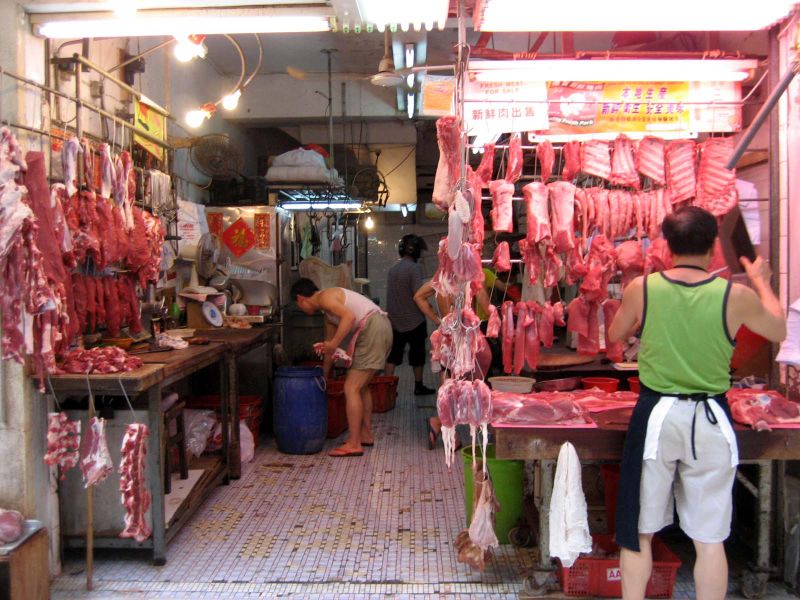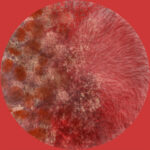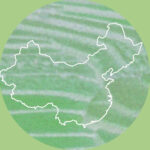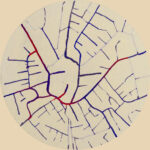Epidemics and pandemics, long before Covid-19, have been treated across different cultures as mysteries. In other words, as events not simply to be known but to be interpreted. Following Didi-Huberman’s (2005) broader approach to the hermeneutics of mystery, we may say that epidemics and pandemics create meaning for our societies not primarily through epistemological frameworks, but more through exegetical ones. The scientific, or more specifically, bacteriological revolution has done nothing to change this. Indeed, exegesis has become all the more fostered by the stabilisation of disease ontologies around universally agreed pathogenic agents (bacteria, parasites, viruses, etc.). Approaching an epidemic, or, in the case of Covid, a pandemic as an event through whose exegesis we can grasp the arcane truth of nature, power, humanity’s place in the world, life, etc., etc., forms the very core of the terror and juissance our societies feel before such events. As objects of sociological, anthropological, historical, theological or biological exegesis, epidemics and pandemics are realised into the social.

Fig.1: Hong Kong Wet Market. Flirck (2007)
In the 21st century, zoonoses, or diseases that spread from animals to humans, have formed a privileged site of epidemic/pandemic exegesis. Animal-to-human “spillover” has acquired mythic qualities in both scientific and lay imaginations of zoonosis, as the originary event of epidemics/pandemics which can be retrospectively divined with the help of viral sequencing but never actually observed on the ground (Caduff 2014). The drivers of this mytho-biological event have attracted enormous exegetical investment in the context of pandemic emergencies. Environmental degradation and the disturbance of nature, modes of production that are either too capitalist or not enough, cultures that are still clinging to pre-modern practices or which have been perverted by modernity: there is an exegetical ready-made for every ideological taste in the search for the “ultimate” or “true” cause of zoonosis.
Images, ranging from maps and diagrams to photographs and films, play an important role in the exegetical enclosure of zoonosis; in other words, in its reduction to a story about some hidden truth that is essential to tell for the survival of humanity and the world. Through the deployment and interplay of zoonotic images, the biological, ecological and social complexities of the emergence of new pathogens, and their maintenance and spread in specific social-ecological contexts become obscured and replaced by a spectacle of emblems of pestilence. The image of Chinese “wet markets” as the origins of pandemics like SARS or Covid-19 is an apt example of this operation. “Wet markets” is a category used in scientific and lay pandemic-related literature to cluster together and render indistinguishable “an enormous variety of different kinds of market”, including fresh produce, wholesale, live animal and seafood markets, in China, the vast majority of which do not in fact sell wild animals, the currently accepted source of SARS-CoV-1 and SARS-CoV-2 (Lynteris and Fearnley 2020).
Since 2003, photography has been employed to foster the image of the “wet market” as an inherently pathogenic space and practice. Photographs of different kinds of markets from across China have been brought together, “with little information on the where and when these were taken, and no acknowledgment of the significant variations in cuisine across different regions of the country”, so as to create a meta-image that conjures up this epidemiological mirage (Lynteris and Fearnley 2020). The function of this form of epidemic photography is both demonstrative and prophetic (Lynteris 2016). Demonstrative, in so far as through connecting disparate market practices under one notional and visual signifier, it purports to show the source or origin of actually existing infectious diseases (SARS and Covid). Prophetic, insofar as the visual chimera that is the “wet market” becomes the augur of future pandemics, and eventually the “next pandemic” that will supposedly pose an existential risk to humanity.
Photographs of “wet markets” are not icons for interpretation but emblems of an always already predetermined exegesis, for they leave nothing to be interpreted, but simply deliver a supposedly objective and indisputable interpretation: that pandemics, past, present and future, come from China and from Chinese culture; and that zoonotic emergence and infection is not an inevitable natural process happening across the globe, but a result of the supposed inability or unwillingness of the Chinese to accept modernity as dictated by the West (Lynteris 2020). Photography thus contributes to the configuration of “wet markets” as operators in an epidemiological doctrine of geographic and cultural blame, which, on the one hand, perpetuates Sinophobic framings of epidemic and pandemic threat, while, on the other hand, disallows what should be the cornerstone of epidemiological research in the context of a pandemic: an open-ended investigation of zoonotic emergence as a complex ecological, evolutionary and social-ecological process.
Acknowledgment: Research leading to this article was funded by the European Research Council Starting Grant for the project Visual Representations of the Third Plague Pandemic, under the European Union’s Seventh Framework Programme/ERC grant agreement no 336564, and by the Wellcome Trust Investigator Award no. 217988/Z/19/Z for the project The Global War Against the Rat and the Epistemic Emergence of Zoonosis.




